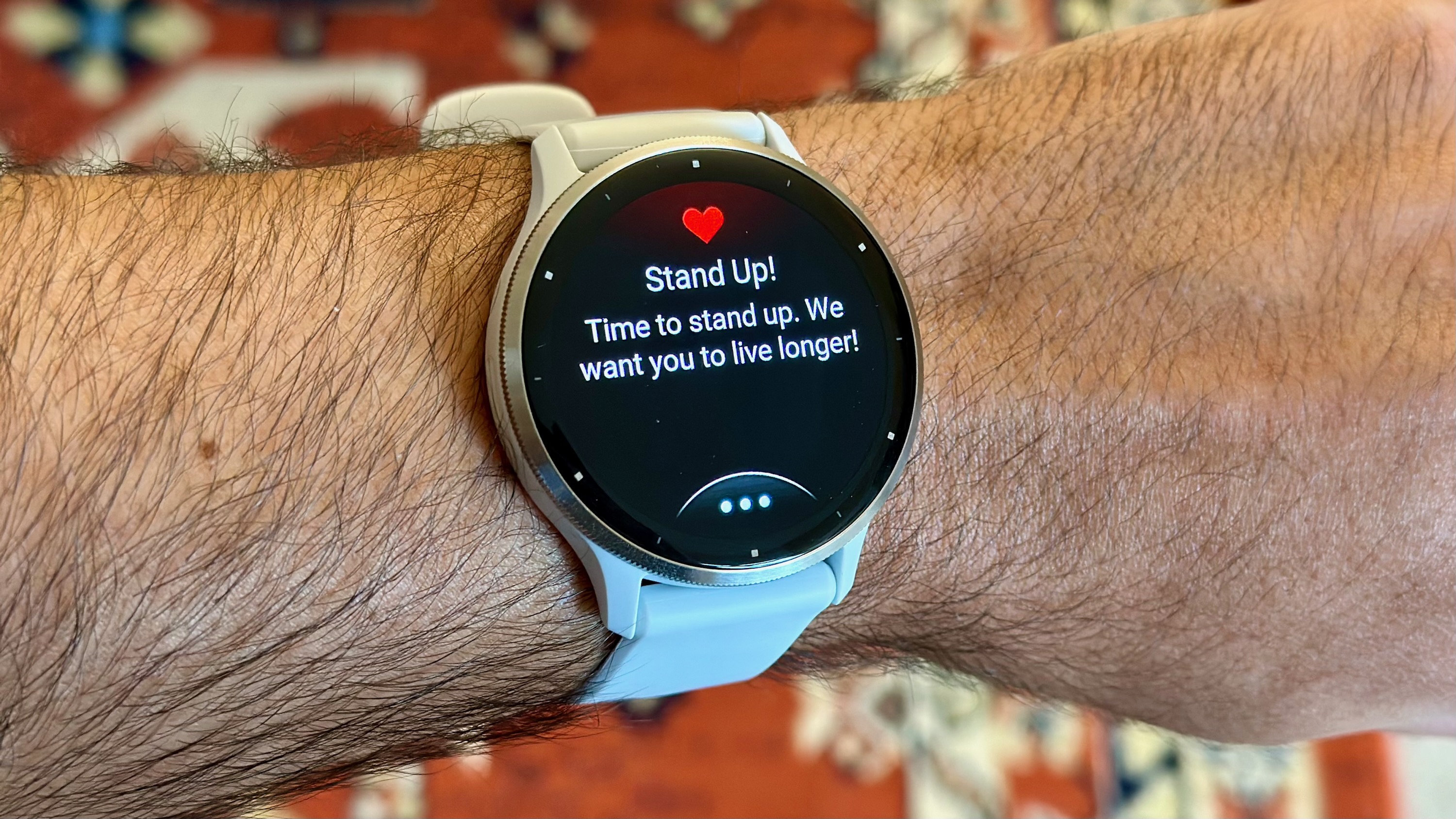

In this weekly column, Android Central Fitness Editor Michael Hicks talks about the world of wearables, apps, and fitness tech related to running and health, in his quest to get faster and more fit.
Everyone who owns a smartwatch or tracker knows that annoying, guilt-inducing feeling that comes with seeing an hourly move reminder. When you're swamped with work, the "Time to stand up!" message isn't motivational; it feels like an indictment of your lifestyle and a reminder of how unhealthy all that sitting is. It's no wonder that most people turn them off!
Count me among that number. I test smartwatches for a living, and one of the first things I typically do after unboxing and setting up a watch is to find a way to disable those reminders, despite knowing I shouldn't.
As one of my New Year's fitness resolutions, I'm reactivating those stand alerts. But as a watch reviewer, I can definitively say that many of the most popular brands — your Apple Watches or the best Android watches — don't do move alerts correctly. The closest, believe it or not, is Fitbit, and even its move alert strategy isn't perfect.
Here's why you should make move alerts a regular part of your 2024 fitness strategy, which fitness tracker or app you should rely on, and what kind of movement you should be doing to stay healthy.
The dangers of sitting
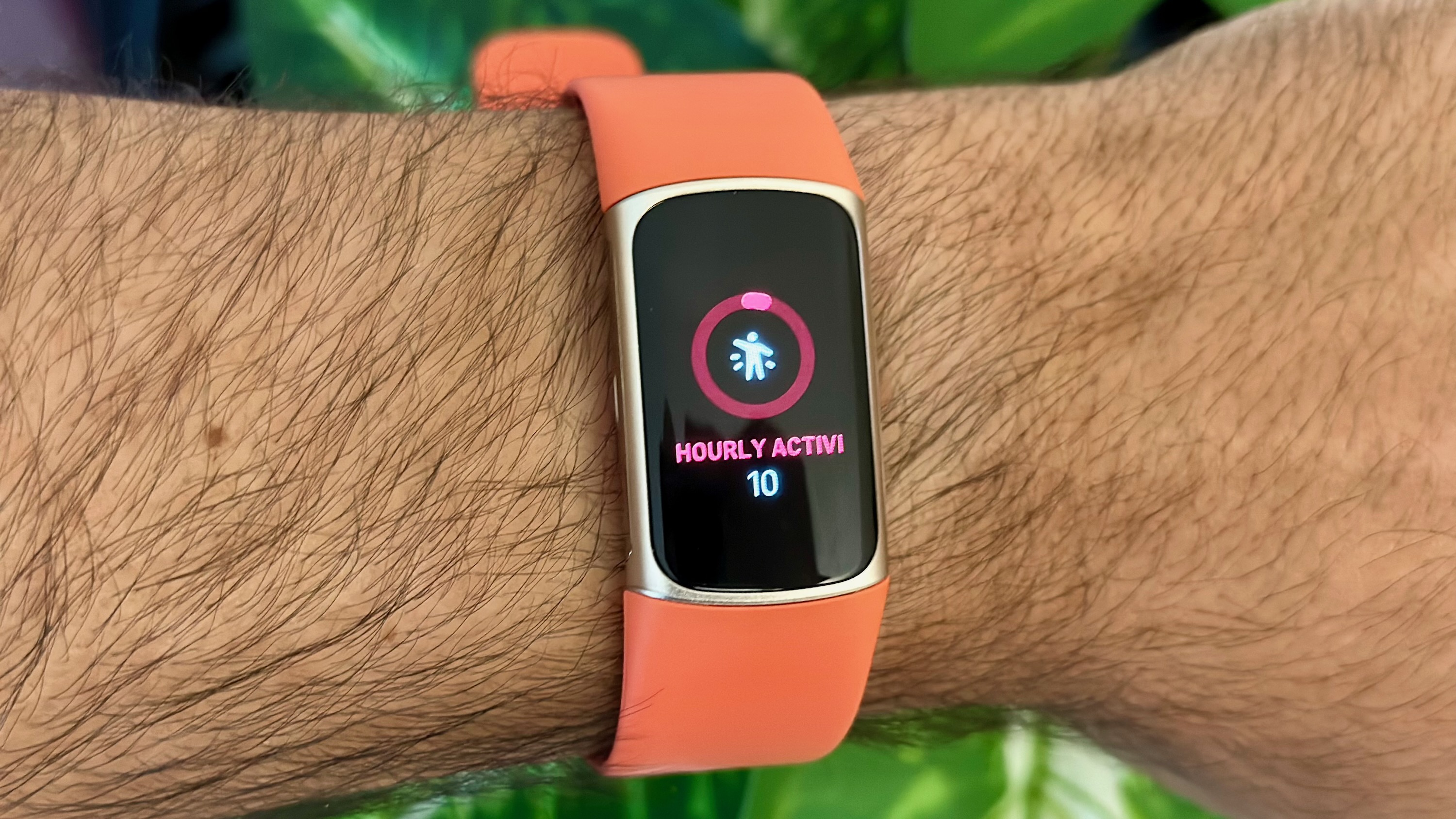
Ever since I walked 10,000 steps a day for a month, I've done my best to keep up my daily walking habits. That link will walk you through the documented medical benefits of walking at least 6,000 steps a day, and I've personally gotten much healthier in the months since.
Here's the problem: some medical studies have shown that sitting for most of the day can offset the benefits of working out for long-term health. And as a writer, I sit a lot.
First, we'll run through the obvious: sitting will kill you... eventually. The World Health Organization states that a sedentary lifestyle — sitting for about 7–12 hours a day — leads to a "20% to 30% increased risk of death" over time, primarily due to heart issues, cancer, or diabetes, but also other conditions.
Who's sitting too much? The WHO says that seven out of 10 people in the richest nations are too inactive, leading to millions of preventable deaths per year.
"Prolonged sedentary time can be bad for your heart and blood vessels regardless of how much physical activity you get." — American Health Organization
You might assume that you're fine if you regularly walk or work out after your workday ends. You'd be mistaken, according to several reputable organizations and studies.
Heart.org quotes an American Heart Association study showing that "prolonged sedentary time can be bad for your heart and blood vessels regardless of how much physical activity you get" (emphasis mine), increasing the risk of cardiovascular disease, diabetes, and death.
Corroborating this claim, the Annals of Internal Medicine conducted a study that determined that "prolonged sedentary time was independently associated with deleterious health outcomes regardless of physical activity."
It's not that working out is pointless; quite the opposite! But medical evidence suggests that if you're someone who spends their eight-hour workday sitting, an hour on the trail or at the gym afterward won't automatically undo the damage of those eight sedentary hours.
How much standing and moving you need to do
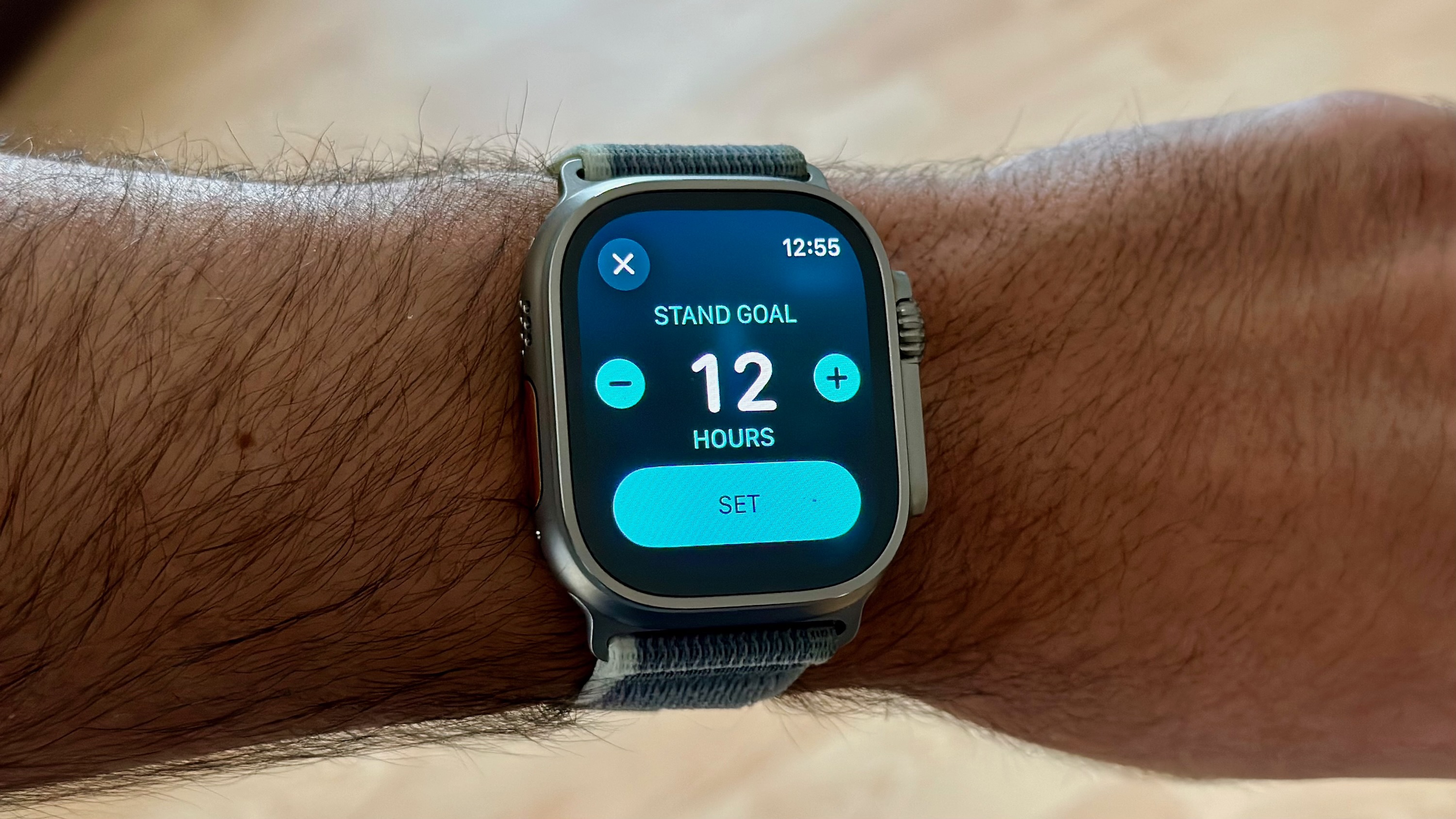
Walking frequently throughout the day is more effective than standing for staying healthy. But we live in the real world where jobs keep us tethered to our desks; the question is, are standing desks enough to counterbalance the issues with sitting, or do we have to walk too? The answer to that isn't always clear.
The British Journal of Sports Medicine says sedentary folks should start by trying to spend two hours out of their eight-hour workday standing, with an eventual goal of four hours. They do recommend "light walking," but standing is good enough in many cases.
On the flip side, a University of Glasgow study found that for overweight subjects, the difference between sitting and standing for improving heart health was negligible compared to actually walking around during the day.
When it comes to getting healthier, "standing will get you some of the way there," but walking frequently is the key ingredient.
A CNN Health report notes that standing throughout the day has significant benefits, with a recommended cadence of eight minutes of standing and two minutes of walking per thirty minutes.
Alan Hedge, a professor of ergonomics at Cornell University, told CNN that even if you can't stand all day, the very act of standing and sitting repeatedly gives your body a "'gravitational stimulus,' reminding it of the effect of gravity, which can help muscles and bones stay strong."
CNN's experts concluded that you should aim for 32 stand-sit transitions per day to maintain a healthy body — about twice an hour while you're awake.
On that same note, the New York Times quotes doctors as saying just two minutes of walking after a meal can have significant benefits for blood glucose levels. While "standing will get you some of the way there," Stanford cardiologist Dr. Euan Ashley said, a "mini-walk of two to three minutes" has the best benefits.
The right smartwatch (or phone app) to stay moving
I recently started testing the Apple Watch Ultra 2, and while I genuinely like its fitness features, its stand reminders aren't helpful. Either it doesn't register that I've been standing at my desk all hour, or it skips movement reminders because my restless fidgeting tricked the Ultra 2 into thinking I moved.
My coworkers have noticed similar issues with their Wear OS watches. But here's the issue: Even if watches get better at detecting when you stand, standing alone isn't enough! At least, not according to those studies above.
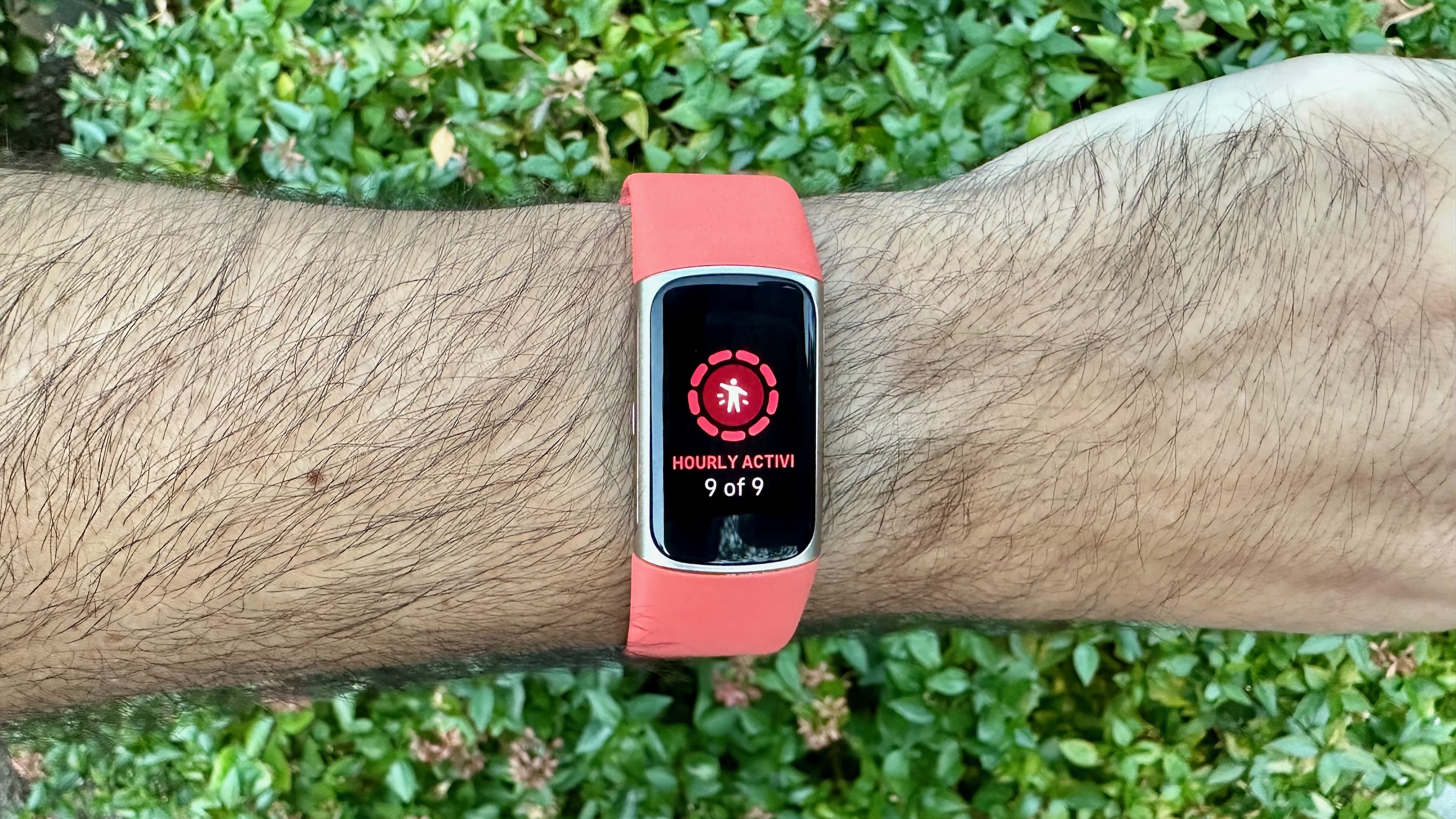
Fitbit, like its competitors, reminds you at the 50-minute mark to stand and get moving. What sets it apart is that it also gives you a concrete goal of 250 steps to hit every hour.
This step goal takes about two to four minutes of walking to hit, which is the minimum of most medical studies for counteracting the harms of sitting too much. Fitbit's method also dodges the issue of false standing positives, because you can't just stand in one place and wave your arms to satisfy the requirement.
Fitbit's implementation isn't perfect because you can't adjust the cadence. If my Fitbit Charge 6 could ping me to move at the 15- and 45-minute marks instead, it would match the recommendation to move every 30 minutes. I doubt I could find the time on workdays, but it'd be nice to push myself to stay more active on weekends.
Still, Fitbit has to take into account how annoying frequent wrist notifications can be, and its hourly stand-and-walk requirement is better than most other fitness smartwatches with their vague move requirements.
That's why, if you're in the market for a new watch or tracker, any of the best Fitbits will help, from the expensive Sense to the basic Inspire. Or, if you want a proper smartwatch instead of a tracker, you can choose the Pixel Watch 2, which has Fitbit built-in and uses the same move-reminder system.
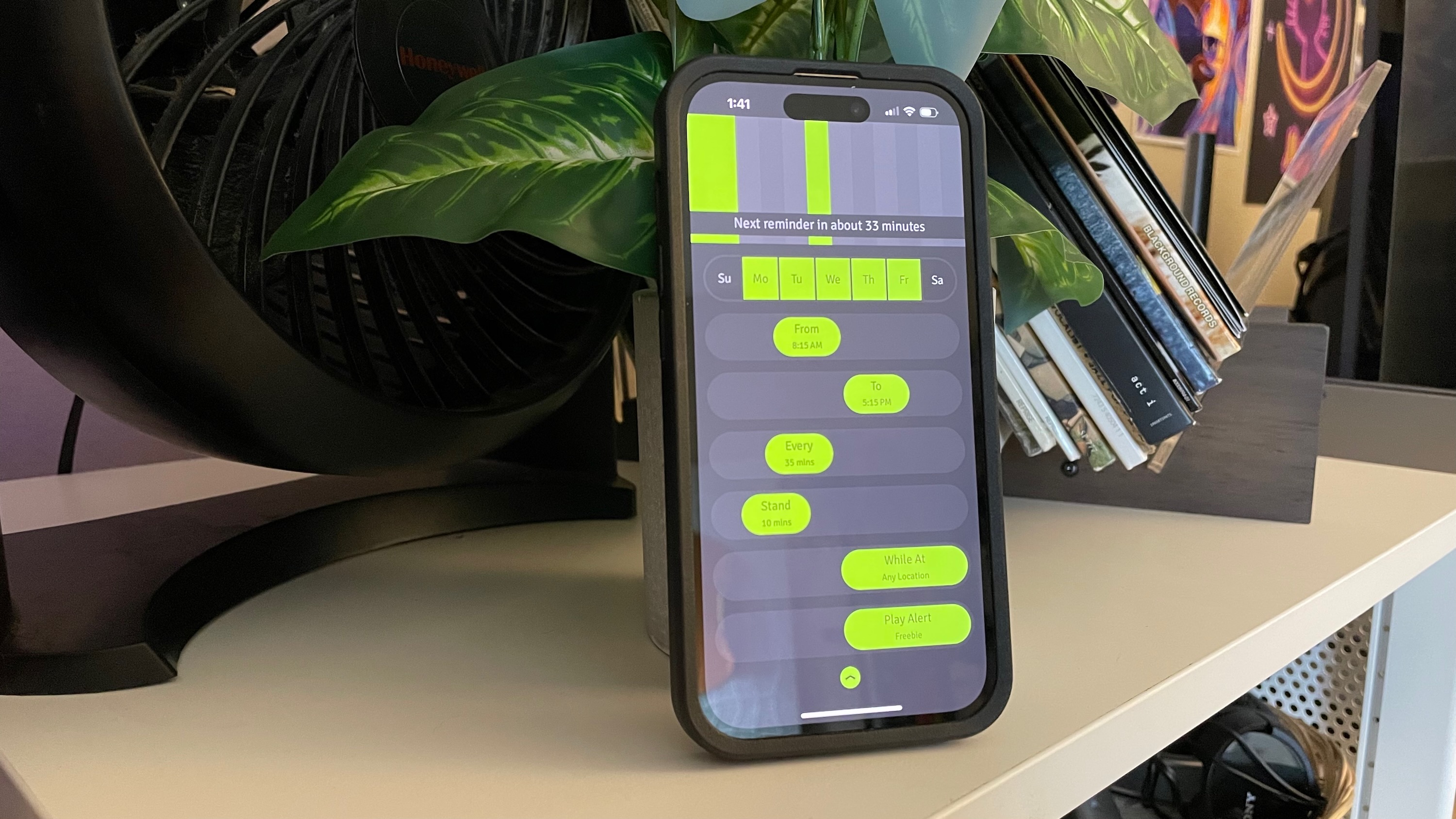
If you can't stand that hourly buzz on your wrist — or you're stuck with a watch that doesn't handle stand reminders well — you might find it less annoying to see a phone notification on your desk, prompting you to stand at specific moments.
My current favorite stand-reminder tool is this Stand Up! app (iOS only, unfortunately). You customize when you see stand reminders on specific days and at specific cadences, plus how long you're supposed to stand each time. If you're too busy to stand, you can tap a button to delay the next move reminder for an hour.
I haven't found the best equivalent for Android phones; most apps I've tried don't work without a subscription or work properly in the background. You can always set manual phone alarms at set times, but this doesn't give you the flexibility to change the reminders' frequency if you're feeling tired, as the "Stand Up!" app does.
I pair this app with a simple Pomodoro timer in my work computer's web browser. Once I'm standing, I'll set a timer for 25 minutes and then make sure to stay standing for at least that long.
Every step counts (even if you're NOT stepping)
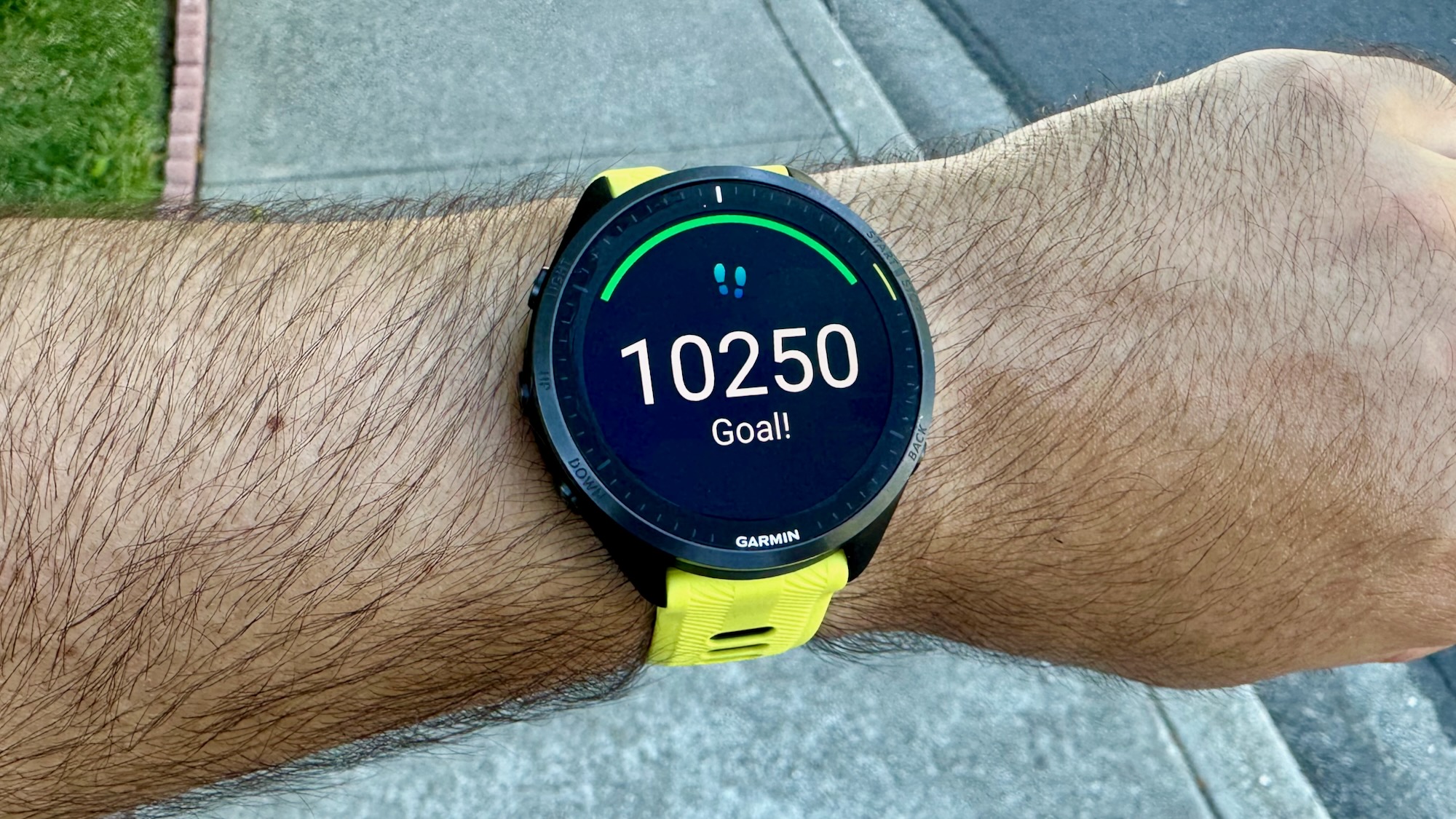
I found a number of medical studies that I didn't have room to include here, each with different perspectives on the benefits of standing vs. walking during the workday.
In an ideal world, scientists say, you'd walk for five minutes out of every 30 to stay perfectly healthy; since that's not feasible for most people, try to find the right compromise that your body can handle. Because studies show that every little effort counts.
Standing every hour doesn't have as big of an impact as walking every hour, but it's still significantly better than just sitting there. Working out all at once at the end of the day isn't as good as walking throughout the day, but (again) it does make you healthier than nothing at all.
Try using a standing desk if you haven't already, and alternate between standing and sitting. Also, see if you can try to follow the Fitbit strategy of taking about 250 steps every hour, even if it's just circling around your living room or cubicle farm.
By every scientific metric, these good habits will save your life decades down the line.







